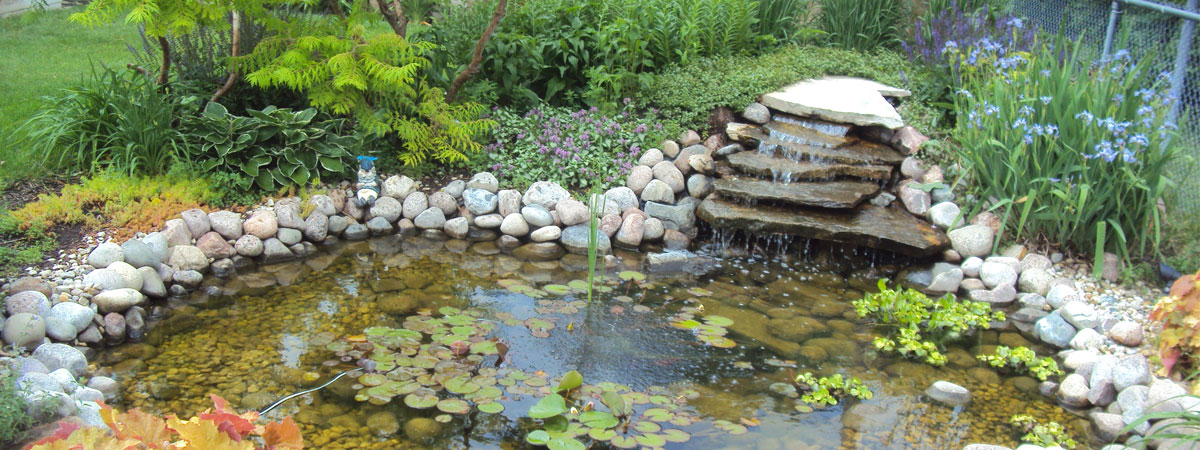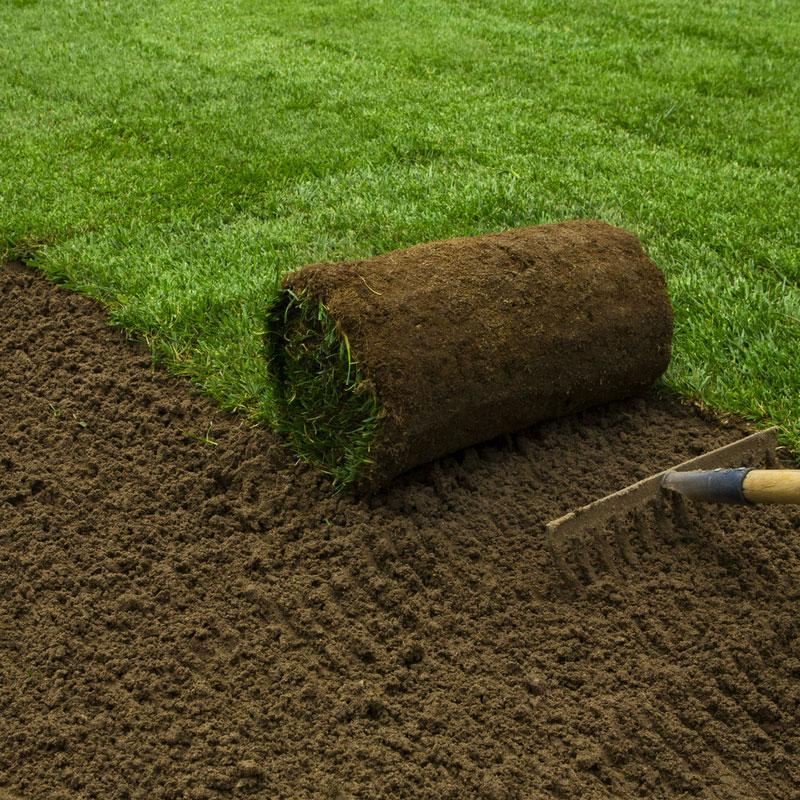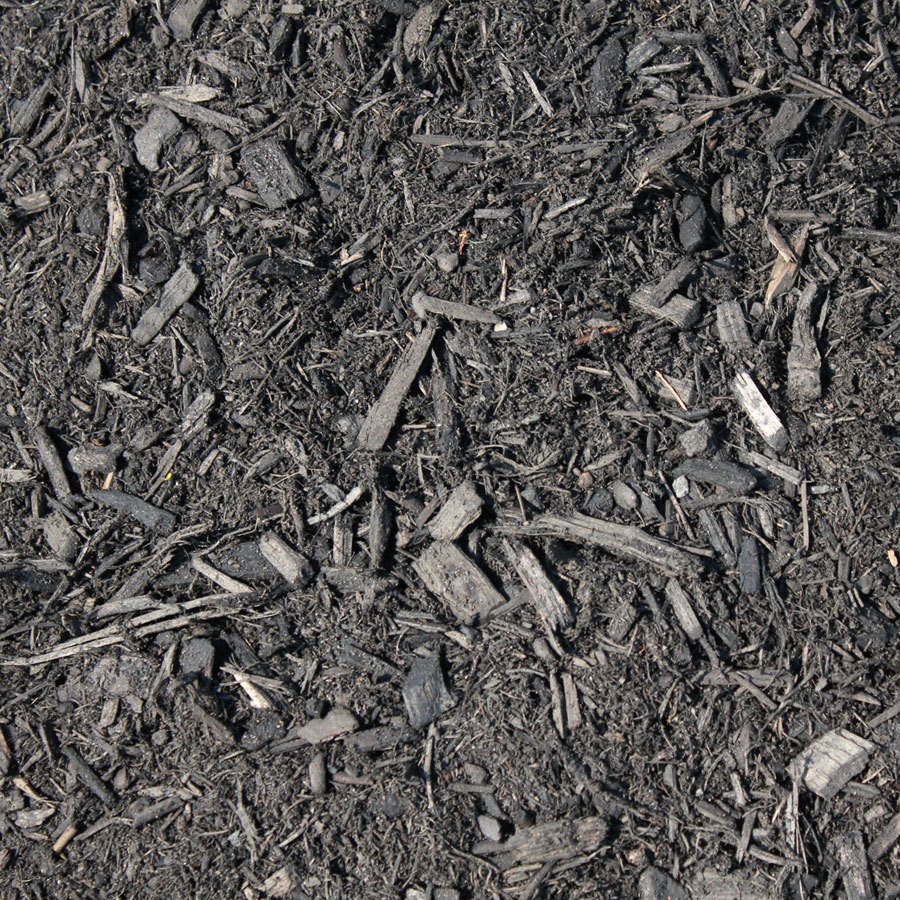
Northeast Nursery’s water garden department has grown considerably in recent years. Our knowledgeable and friendly staff, combined with recent upgrades to the department make Northeast Nursery a perfect one-stop-shopping destination for all of your pond needs.
Whether you are an experienced pond builder or a homeowner eager to learn about the excitement a water garden adds to your landscape, we are the place for you. In addition to our vast product line we also possess the knowledge to guide you through every step of the pond process. From the initial planning stage to any pond maintenance issues you may have, we are here to help.
Pumps
Pumps are used to create the look and sound of natural water flow in your water garden feature.You will need a
pump if you want to use a filter or create a waterfall effect and fountain effect. We carry 65 gallons per hour to 10,000 gallons per hour pumps to satisfy any need. Let us help you select the correct pump from top brands such as Cal-Pump™, Cyprio, Pondmaster®, Tetra® and Oase.
Filtration Options
The “Natural” Approach – Keeping a healthy balance of pond life will result in relatively clear water. Scavengers will consume filamentous algae and decaying plant material. Heterotrophic bacteria and other microscopic life will help to break down other organic debris. Excessive water changes, drastic cleaning or harsh chemicals will disrupt this balance.
Re-circulation – Allowing water to splash back into the pool will oxygenate the water for healthier conditions. To avoid plugging up the pump, some simple filter should be used at the pump inlet. This will assist in removing material which could cloud the water. Caution: water-lilies like still water so minimize or isolate the fountain or fall.
“Bio-filter” units – These units generally have a porous pad that strains out some of the particles. The external bio-filters are larger, located outside the pool, and require the addition of a suitable pump and pre-filter. Smaller in the pond units may be an economical choice for the beginner or for the small pond.
“Wetland” Filtration – A small separate pool is used as the wetland area, stocked with a mix of emergent aquatic plants planted in gravel filled baskets. The gravel provides surface area for the nitrifying bacteria. The roots of these plants act as baffles, causing particulate matter to precipitate to the bottom of the pool, while they also remove nutrients from the water. Generally, the water is spilled or run back to the main pool, thereby further oxygenating it. A pump and gravel pre-filter is required.
Simple or “Mechanical” Filter – Generally a foam or sponge-like pad through which pond water is pushed or pulled. The pad physically “strains” out solid particles as the water passes through. Vortex filters and settlement chambers are designed to utilize gravity in place of a pad. Proper selection of a filter pump improves “Mechanical” effectiveness.
Ultra Violet Clarifier (UVC) – Unlike a high powered UV Sterilizer, the UV dosage delivered causes planktonic algae to clump together into larger particles without harming other beneficial micro-organisms. Higher powered UV Sterilizers have long been used in the aquarium industry to kill any pathogens passing through.
Whichever option(s) you choose, it is important to tailor it to the size of your pool and your ecological system and to consider the esthetics of its location as well as access for periodic cleaning.




